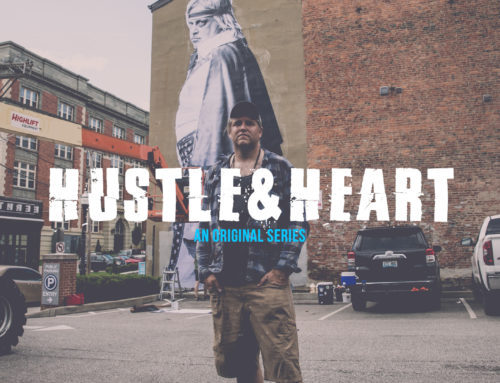The video production crew is the team that makes your video come to life but the roles of a crew can vary and can cause confusion. Depending on the complexity, quality level and scope of your production, your crew needs are sure to vary. In order to help you plan for a successful project, and to offer some insight on possible efficiencies, we have outlined the most common roles in video production. Some of these may be able to combined into one person, but keep in mind (just like texting while driving) that the more any one person has to manage, the more likelihood that errors can happen and that the lack of focus almost certainly will tend to diminish quality.
Professional Video Production Crew:
Producer: The producer is usually responsible for making everything else happen and assembling/managing the the video production crew, as well as client interaction. Start here.
Director: Depending on what’s needed, a good director can help make a production shine by getting the best performances out of actors/employees, perhaps conducting interviews, guiding the edit and much more. In web-video land (smaller budgets), it’s very common for the producer to direct as well.
Writer: This is the person responsible for developing the creative concept & writing the script. It may not apply to your project but when it does, this is perhaps the single most important part of the production in helping it stand out. In a world of online content, only stand-out ideas stand out (obviously!)
Storyboard Artist: For scripted projects, storyboard artists can help test ideas and help everything come to life BEFORE you shoot, so you can make it all happen the right way on shoot day. With great storyboards, everything else downstream is much easier. Great projects don’t happen by accident, they are planned and this stage is where it all becomes real.
Director of Photography: A fancy term for the person who is responsible for making all the shots look great. They frequently work with the director and gaffer to get the look needed. They frequently will be shooting the main camera as well.
Audio Technician: This is the person with the headphones on and a big microphone on a boom (affectionately known as the dead cat). They are responsible for making sure the recording conditions are set up to be conducive to good sound – and will stop the whole show when things aren’t working. Skip the sound guy/gal at your own peril!
Gaffer: This is the lighting specialist, the magician who can, with the right tools and time, make your shots look great. Good lighting takes time so consult your gaffer early in the process (before the shoot) to get set up for success.
Grip: This person is the one who knows how to move ‘production stuff’ around fast and safely: equipment, a dolly, props, you name it. A good grip anticipates and helps everything move smoothly from one shot to the next.
Production Assistant: While a grip is more gear focused, a production assistant can help with just about anything, carrying gear, getting lunch, keeping spectators quiet, you name it.
Data Wrangler: Now that tape is dead, we shoot on media cards and frequently all that data has to be backed up onto hard drives on location. This process, if handled sloppily, can result in very expensive lost data & time. When you are busy (and especially with multiple cameras) having a data wrangler is very important, and if time is short, perhaps even mission critical.
Editor: Once the shoot is over, editing begins! The editor is the person who makes it all come together. I say this with all respect but they can get cranky sometimes (and who can blame them?: they get to deal with any hiccups and are responsible for making it all look and sound great and in a hurry. No pressure!
Graphic Design/Animation: Nothing else seems to have the “wow factor” of great motion graphics. If designed properly and animated by talented person/team, animated graphics will help illustrate any point you want to make.
Colorist: Once the edit is done and approved (“Picture lock”) then the colorist can help make all the shots have the right look: lightness, dark, color hue & saturation, etc. It’s amazing to see how much better your video can look when processed by a talented colorist.
Sound Mixer: Just as color correction can make or break a final video, the sound mix can transform the end product. They say that audio if at least 60% of the impact potential of a video and that makes sense. Think how powerful music is emotionally compared to a still image. By getting an expert sound mixer to do some leveling, mixing, EQing (and otherwise “saving” your audio) the difference will be quite clear.
These video production crew explanations are helpful, but keep in mind that while these functions may not apply and can certainly be combined in many cases. That said, the best results come by getting specialists to focus on the roles that will make a difference in your project. Your producer and/or director should help to get the right crew together for your budget.



Leave A Comment